Are you wanting to know the 3 best ways to test ketones? Do you want to know if you have reached nutritional ketosis?
Are you wondering which method to test ketones is more accurate? And which is the cheapest?
Keep reading to understand the best way to test ketones for YOU.

[convertkit form=2151210]
Are you ready to lose weight and heal your body for life (without dieting, drugs, or making yourself miserable)?

Our free on-demand video training will walk you through how to make this THE year you set health goals…and keep them.
The 3 Best Ways to Test Ketones – why test?
Although originally and still used by diabetics, testing for ketone levels has now become a common practice for those following the keto diet as it allows us to know whether we are in a state of nutritional ketosis (where your body’s metabolic state has successfully transitioned from burning glucose as its source of fuel to burning fat).
Every ‘Ketonian’ strives for a consistent state of ketosis in order to maximize weight-loss and other health benefits attributed to the ketogenic lifestyle.
By testing ketones, it allows you to understand and monitor your keto diet and whether you have become a fat burner, not a sugar burner.
Signs You Are In Nutritional Ketosis

Although there are many signs to tell whether you are in nutritional ketosis, such as rapid weight-loss or decreased hunger, the more accurate ways to measure your ketone levels are through testing your urine, breath and blood.
Many people also report they can tell they are in ketosis simply by noticing the following signs and symptoms:
- keto breathe – a slightly acetone smelling breath is often the first sign you may be in ketosis
- increased urination – as you lose weight, fluid loss occurs before weight loss so visiting the toilet regularly becomes a regular event
- decreased hunger – as you stop the sugar-insulin roller coaster, hunger begins to diminish and you begin to burn your own fat stores
- rapid weight loss – hallelujah! You have turned into a fat burner, not a sugar burner
The 3 Best Ways to Test Ketones
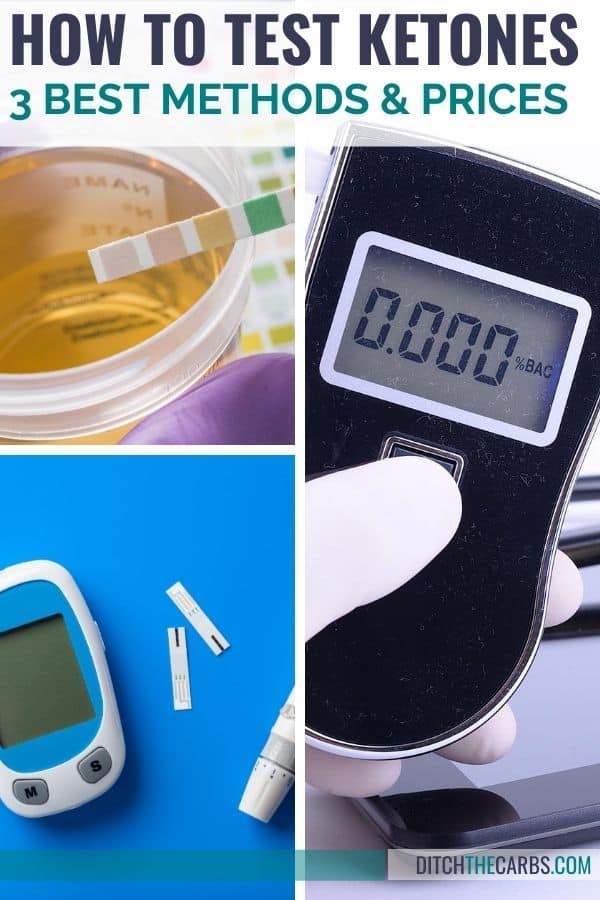
Apart from observing your body for noticeable changes, there are also various tests that can be done for a more accurate reading of ketone levels in the body.
To assist you, I have listed the 3 best ways to test ketones in order of their level of accuracy and expense.
#1. Testing Ketones With Urine Strips

Testing ketones using urine strips are by far the cheapest available option on the market at the moment.
These are just 3 of the most common used ketone urine test strips.
You can expect to pay between $6.00US – $8.00US for a bottle which is conveniently sized to easily pack in your bag for when you are on the go.
How and When to Use Ketone Urine Strips
To use ketone urine strips, simply urinate on a strip or in a cup and dip the strip into the cup. Each brand of ketone strips will advise the length of time to wait before taking a reading, although it usually only requires a 15-30 second wait.
Any color above negative means that you are in ketosis. Many have the misconception that the darker the color the greater the potential fat burning which is not, in fact, the case.
On the contrary, a higher reading level may merely be an indication that you are dehydrated and need to increase your water consumption.
And this brings me onto the downside of urine ketone strips. They can be used as a guide only. Ketone urine strips are incredibly inaccurate because the level of ketones reflected by the test strip is dictated by how diluted or concentrated your urine is.
So a dehydrated state can potentially alter the ketone levels reading, showing a higher level of ketones. And conversely, a well-hydrated state can dilute the ketones to provide a lower result than expected.
Who Should Use Urine Ketone Strips?
Although originally intended for diabetics Ketone urine strips are most useful to those who have recently started the ketogenic lifestyle as it provides a great indication of the progress made since the change in your body’s source of fuel consumption.
Ketone strips only measure excess ketones not utilized by the body and therefore released in urine. It’s a useful and affordable method for those just starting out in the first 3-4 weeks of keto.
However, once you have been in ketosis for a while your body becomes fat-adapted and more efficient in utilizing the ketones produced in your body which can result in false negatives when using ketone strips.
For this reason, those who have been following keto for a while usually prefer to test their ketone levels through blood and breath meters.
Takehome message: Ketone urine strips are a cheap and easy way to test for ketones in your urine, however, the results are dramatically affected by your state of hydration.
#2. Testing Ketones With Breath Ketone Meters

Ever heard of keto breath? This is thanks to the presence of ketones in your breath which is what the Breath ketone meter measures.
These breath ketone meters are more reliable and accurate than urine tests although they still come second best to the blood meters listed below.
These are just 3 of the most commonly used breath ketone meters.
You can expect to pay anywhere between $50.00US for an entry-level breath meter to $150.00US and up for the more advanced models and brands.
Although the upfront cost is higher than the ketone urine strips, the breath meters can be seen as a one-time purchase that can be reused as many times as you like, making it a good return on investment and an option to consider!
[convertkit form=2151210]
How and When to Use Breath Ketone Meter
The brilliant aspect of using a breath ketone meter is that you can test as often as you wish throughout the day to see the effect your diet is having on your state of nutritional ketosis.
Eaten something you shouldn’t have? Then test with your breath meter and see if it has knocked you out of ketosis.
Who Should Use A Breath Ketone Meter?
If you are wanting to see a trend in your ketone readings alongside tracking your diet, then a breath meter is for you.
They are quick and convenient and easy to keep in your gym bag or handbag.
For the more serious keto followers, testing ketones with blood ketone meters is definitely the preferred option.
Takehome message: Ketone breath meters are fast, efficient and easy to use. There is a slighlty higher one-off cost, but there are no further test strips or other accessories required.
#3. Testing Ketones With Blood Ketone Meters
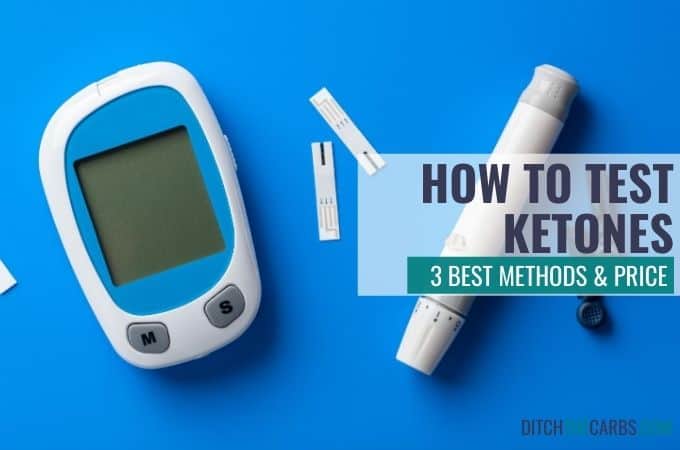
Last but definitely not least is the blood ketone meter option for measuring ketone levels.
This method is by far the most accurate, measuring ketone levels in your blood. Measuring blood ketone levels are by far the most accurate way.
These are just 3 of the most commonly used blood ketone meters.
How and When to Use A Blood Ketone Meter
Using a ketone blood meter requires a small drop of blood placed on a strip which will then produce exact readings of your ketone levels.
Although rather expensive (the meters are relatively cheap but the strips are costly and need to be purchased on an on-going basis), those who are serious about measuring their ketone levels as accurately as possible swear by this method.
How often to test will depend on how accurate you want to be and how much $ you want to spend. If you are fasting, many readers like to test throughout the day to see how deep into nutritional ketosis they have gone.
Who Should Use A Blood Ketone Meter
If you are used to using a blood glucose meter, the procedure is exactly the same.
Using a small finger prick device, you place a small droplet of blood onto the test strip and wait the required time for the result to appear on the digital screen.
The Precision Xtra Blood Ketone Testing Kit may be a good option for you to consider as it is simple to operate and comes with 10 ketone strips to start you off. Thereafter, you will need to purchase one pack of 30 ketone strips a month (depending on how frequently you decide to test your ketone levels of course!).
Takehome message: Blood ketone meters are expensive but accurate. Further test strips and finger prick needles are required on a regular basis.
Alternative Ways to Measure Ketone Levels

If you are happy to invest extra money into ketone strips and meters then these three best ways to measure ketone levels recommended above will not disappoint.
However, if you are on the fence in terms of spending this money then rather pay attention to other signs provided by your
body. A quick reminder of signs and symptoms of nutritional ketosis to monitor.
[convertkit form=2151210]
Alternative Ways to Measure Ketone Levels include:
â— Loss of water weight
â— Getting keto breath
â— Experiencing a change in your energy levels
â— And of course, a visual loss of body fat.
These are all signs that your body is transitioning from a sugar-fueled state to a fat-burning state.
At the end of the day, measuring your ketone levels is a good way to track your progress, however, it can easily become an obsession amongst those on the keto diet, particularly with those who have just started.
Instead, steer your focus towards eating healthily, drinking sufficient water and exercising regularly. Stick to this and the fat-loss will inevitably follow!
More articles you may like:
- What is lazy keto? + 25 recipes for beginners
- Keto Diet 101 – the complete bgeinner’s guide
- Top 10 keto mistakes – and how to avoid them
What if you could actually take control of
your health in just 10 days?
It’s not your fault you can’t lose weight as a woman over 40 even though you’ve likely tried literally everything. Your metabolism probably feels broken and your hormones are likely all out of whack.
But you can fix it all with ONE simple change: eliminate sugar. We make it super easy with daily lessons teaching you the science behind what makes us gain weight in our midlife and beyond! Are you ready to get started now?








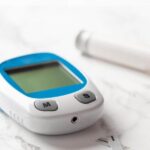
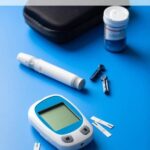










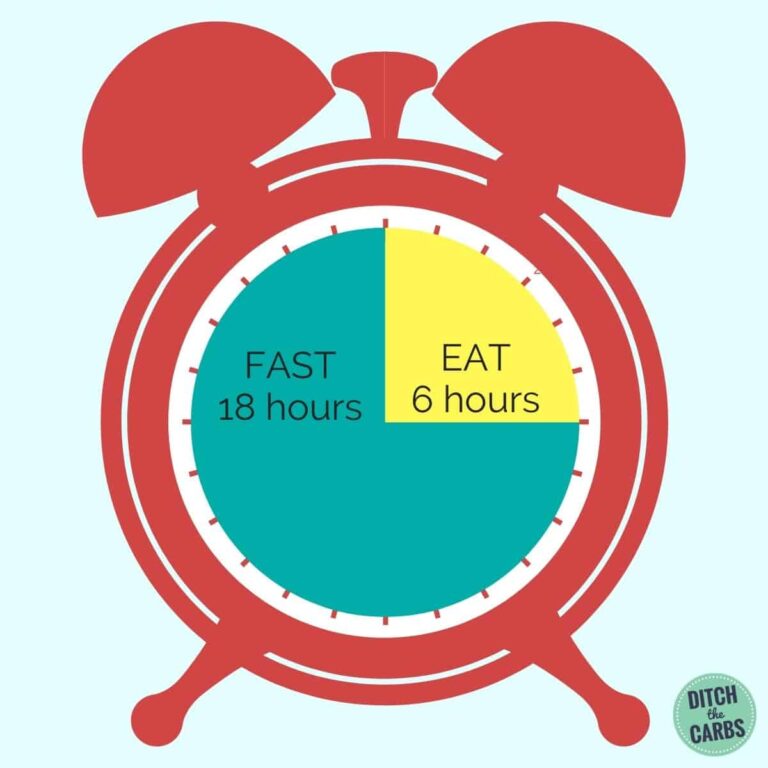
What’s the best time of day to test through urine strips? I’ve never gotten a true positive reading even following carefully
If you use the strips in the morning, your urine may be more concentrated and so reflect a higher ketone level. This is one of the drawbacks of using urine strips, they are affected by your state of hydration or dehydration. Testing throughout the day will give you an indication of the trend of your ketones. Any testing method will show you a number at that point in time.
This is a good summary of how to test ketone levels, but you don’t mention what actual ketone levels we should be looking for – there is a wide range of figures that you can find on the internet. Thanks 🙂